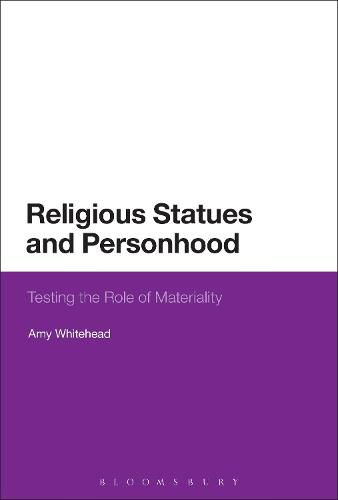Readings Newsletter
Become a Readings Member to make your shopping experience even easier.
Sign in or sign up for free!
You’re not far away from qualifying for FREE standard shipping within Australia
You’ve qualified for FREE standard shipping within Australia
The cart is loading…






Objects such as statues and icons have long been problematic in the study of religion, especially in European Christianities. Through examining two groups, the contemporary Pagan Glastonbury Goddess religion in the Southwest of England and a cult of the Virgin Mary in Andalusia, Spain, Amy Whitehead asserts that objects can be more than representational or symbolic. In the context of increasing academic interest in materiality in religions and cultures, she shows how statues, or ‘things’, are not always interacted with as if they are inert material against which we typically define ourselves as ‘modern’ humans.
Bringing two distinct cultures and religions into tension, animism and ‘the fetish’ are used as ways in which to think about how humans interact with religious statues in Western Europe and beyond. Both theoretical and descriptive, the book illustrates how religions and cultural practices can be re-examined as performances that necessarily involve not only human persons, but also objects.
$9.00 standard shipping within Australia
FREE standard shipping within Australia for orders over $100.00
Express & International shipping calculated at checkout
Objects such as statues and icons have long been problematic in the study of religion, especially in European Christianities. Through examining two groups, the contemporary Pagan Glastonbury Goddess religion in the Southwest of England and a cult of the Virgin Mary in Andalusia, Spain, Amy Whitehead asserts that objects can be more than representational or symbolic. In the context of increasing academic interest in materiality in religions and cultures, she shows how statues, or ‘things’, are not always interacted with as if they are inert material against which we typically define ourselves as ‘modern’ humans.
Bringing two distinct cultures and religions into tension, animism and ‘the fetish’ are used as ways in which to think about how humans interact with religious statues in Western Europe and beyond. Both theoretical and descriptive, the book illustrates how religions and cultural practices can be re-examined as performances that necessarily involve not only human persons, but also objects.